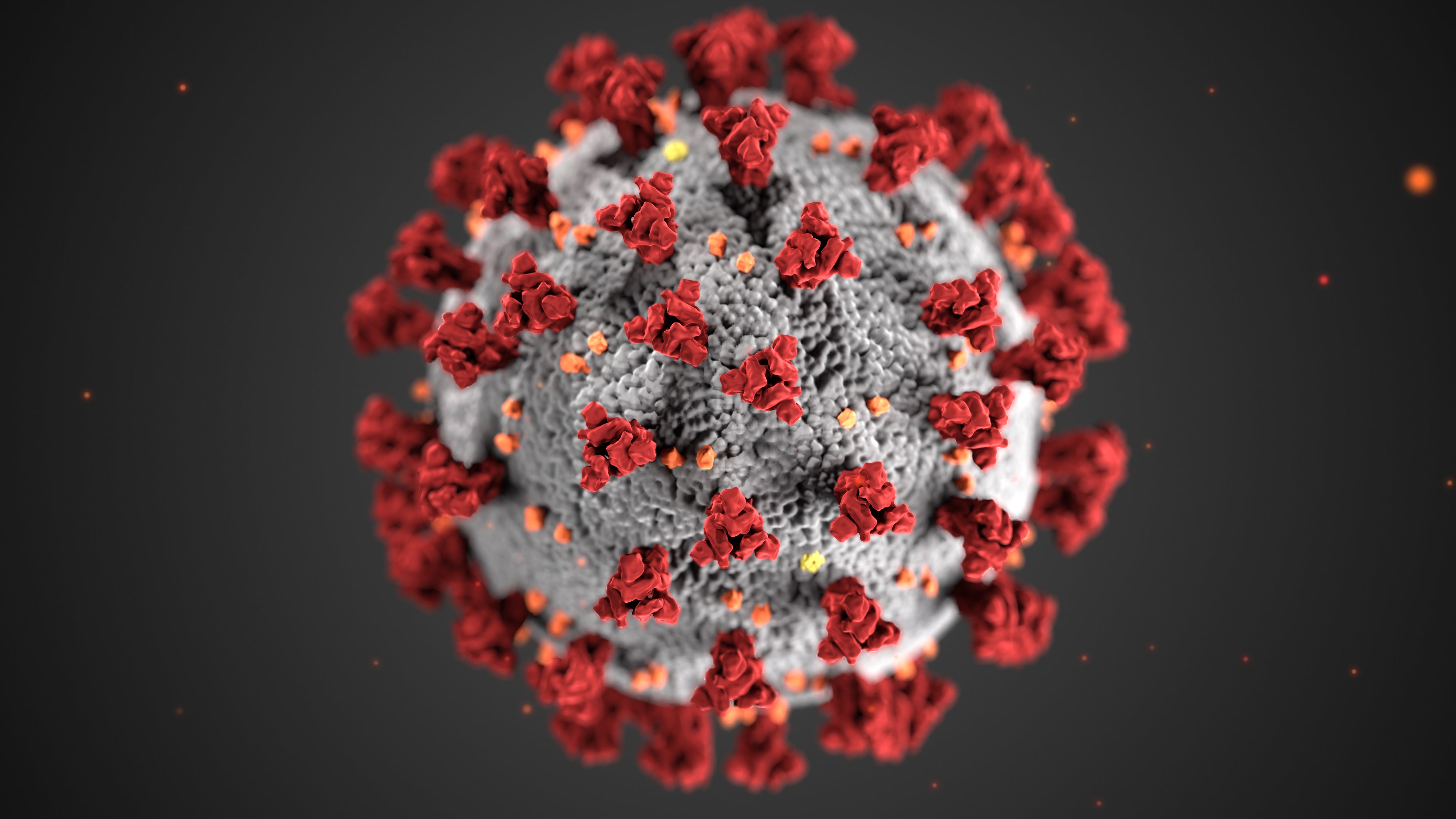US-China pact signing to ease tension but leave much undone
Published 5:32 pm Tuesday, January 14, 2020
WASHINGTON — After 18 months of economic combat, the United States and China are set to take a step toward peace Wednesday. At least for now.
President Donald Trump and China’s chief negotiator, Liu He, are scheduled to sign a modest trade agreement in which the administration will ease some sanctions on China and Beijing will step up its purchases of U.S. farm products and other goods. Above all, the deal will defuse a conflict that has slowed global growth, hurt American manufacturers and weighed on the Chinese economy.
But the so-called Phase 1 pact does little to force China to make the major economic reforms — such as reducing unfair subsidies for its own companies —that the Trump administration sought when it started the trade war by imposing tariffs on Chinese imports in July 2018. The U.S. has yet to reveal details of the agreement, though U.S. Trade Representative Robert Lighthizer has said they would be made public Wednesday.
Most analysts say any meaningful resolution of the key U.S. allegation — that Beijing uses predatory tactics in its drive to supplant America’s technological supremacy — could require years of contentious talks. And skeptics say a satisfactory resolution may be next to impossible given China’s ambitions to become the global leader in such advanced technologies as driverless cars and artificial intelligence.
“The signing of the Phase 1 deal would represent a welcome, even if modest, de-escalation of trade hostilities between China and the U.S.,” said Eswar Prasad, a Cornell University economist and and former head of the International Monetary Fund’s China division. “But it hardly addresses in any substantive way the fundamental sources of trade and economic tensions between the two sides, which will continue to fester.”
In a letter to Trump on Monday, the top Senate Democrat, Chuck Schumer of New York , complained that the Phase 1 deal appeared to make “very little progress in reforming China’s rapacious trade behaviors and seems like it could send a signal to Chinese negotiators that the U.S. can be steamrolled.”
The thornier issues are expected to be taken up in future rounds of negotiations. But it’s unclear when they will begin. And few expect much progress before the November U.S. election.
“Phase 2 — I wouldn’t wait by the phone,” said John Veroneau, who was a U.S. trade official in the George W. Bush administration and is now co-chair of the international trade practice at Covington & Burling. “That is probably a 2021 issue.”
Under the Phase 1 agreement, which the two sides reached in mid-December, the administration dropped plans to impose tariffs on an additional $160 billion in Chinese imports. And it halved, to 7.5%, existing tariffs on $110 billion of good from China.
For its part, Beijing agreed to significantly increase its purchases of U.S. products. According to the Trump administration, China is to buy $40 billion a year in U.S. farm products — an ambitious goal for a country that has never imported more than $26 billion a year in U.S. agricultural products.
The deal may be most notable for what it doesn’t do. It leaves in place tariffs on about $360 billion in Chinese imports — a level of protectionism that would have been unthinkable before Trump took office.


